What peace treaty made Russia a great power?
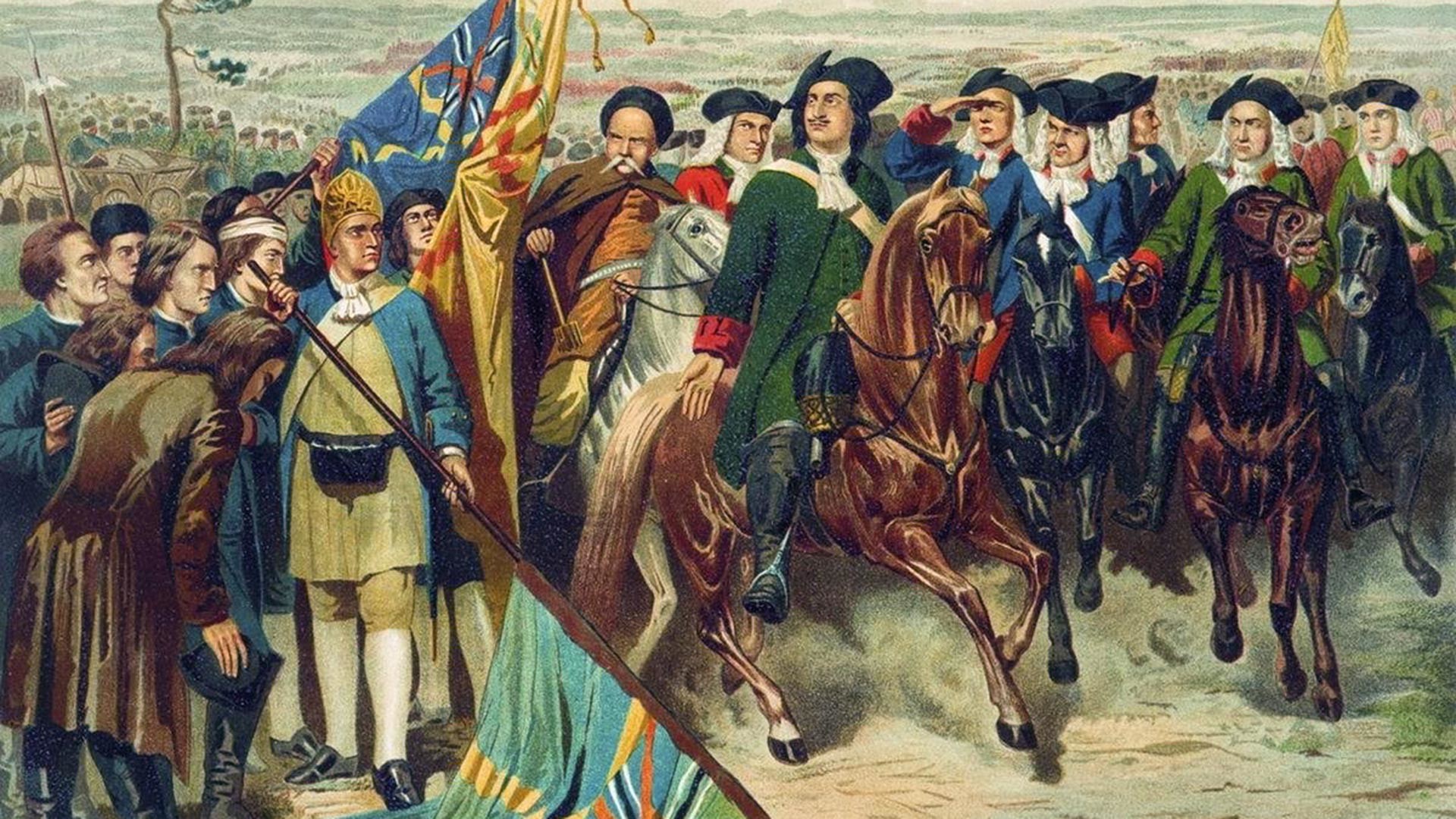
Precisely 300 years ago, on September 10, 1721, one of the most important treaties in Russian history was signed. The Treaty of Nystad proclaimed the end of the 21-year Great Northern War, in which Sweden and Russia had been the main rivals. And, if for the former, it meant the loss of its status as a great power, for the latter it was the opposite. It signalled the beginning of a new era, marking the moment Russia joined the group of the most powerful states in the world.
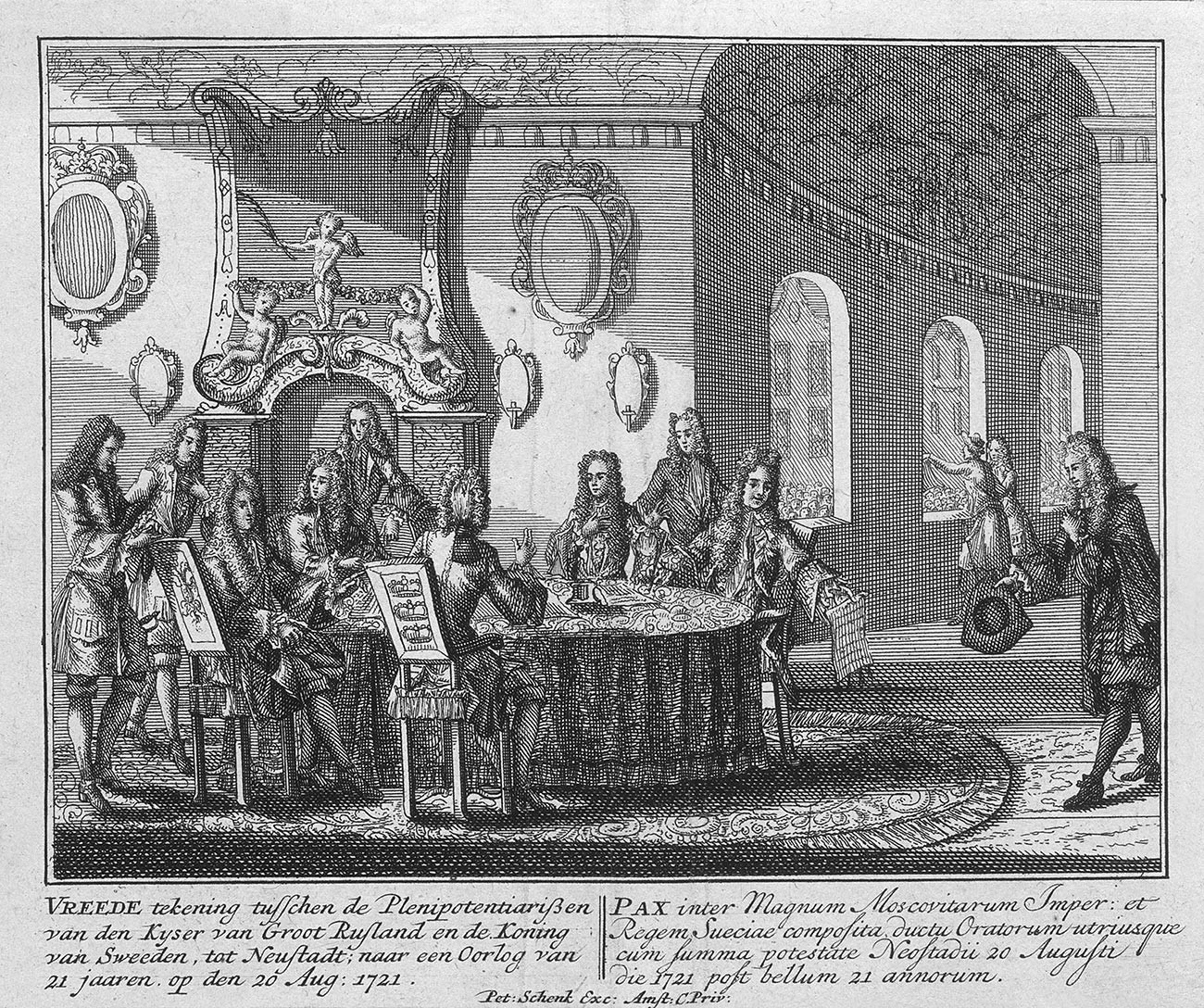
Conclusion Of The Peace Treaty Of Nystad On 20 August 1721.
Fine Art Images/Heritage Images/Getty ImagesBy the end of the 17th century, the Kingdom of Sweden had reached the height of its power. Possessing Finland and vast territories in the Baltics and northern Germany, the Swedes essentially turned the Baltic Sea into their private “lake”. The Royal Swedish Army and Navy were regarded as among the strongest in Europe.
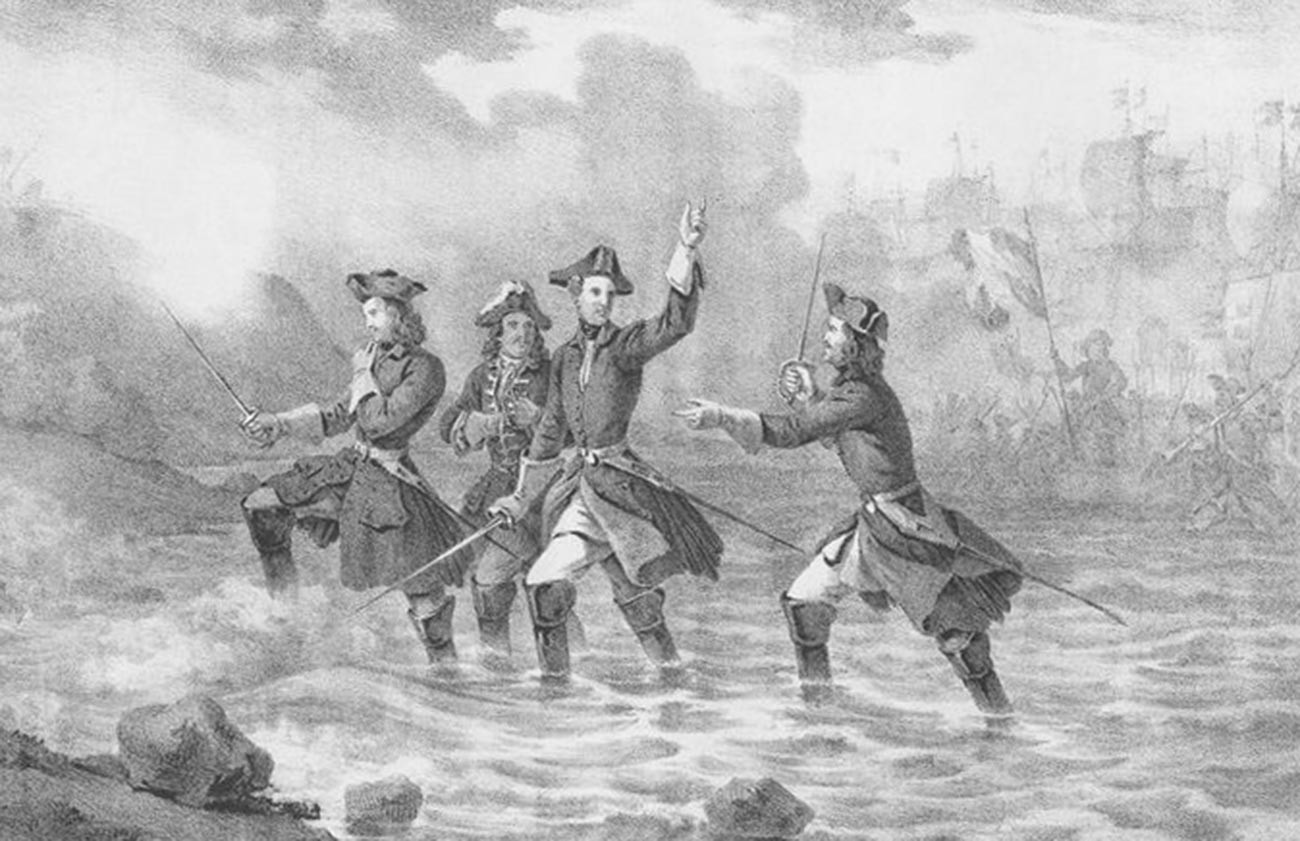
King Charles XII.
Public DomainStill, Sweden also had its weaknesses, namely its small population and limited resources. These didn’t allow it to be equally effective in defending its extensive borders. In the circumstances, the Swedes mostly relied on the speed of redeployment and high combat effectiveness of their armies, the flair of their commanders and the decisiveness of the Swedish ruler. When inexperienced 15-year-old Charles XII ascended the Swedish throne in 1697, a number of European states felt that their chance had come to jointly crush a powerful long-time rival.
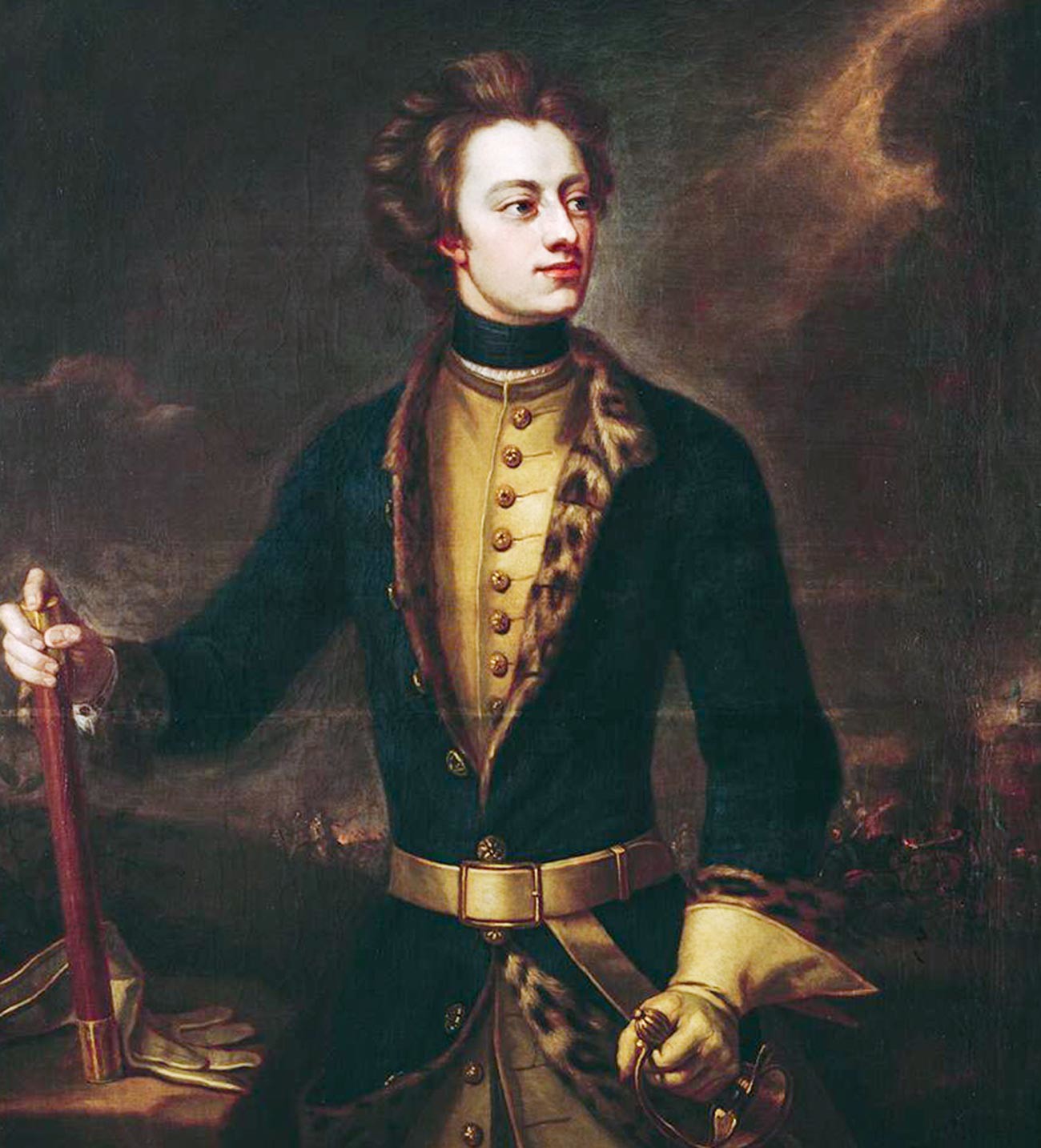
King Charles XII of Sweden.
Michael DahlThe Northern Alliance, formed in 1699, included Russia, Denmark and the Polish–Lithuanian Commonwealth, whose King, Augustus the Strong, was also the Elector of Saxony, which joined the alliance, too. Having suffered at the hands of the Swedes in earlier conflicts, they hoped to restore lost territories, as well as to annex new ones. For Russia, the main objective was to gain access to the Baltic Sea which it had lost through the efforts of the Swedes in the early 17th century.
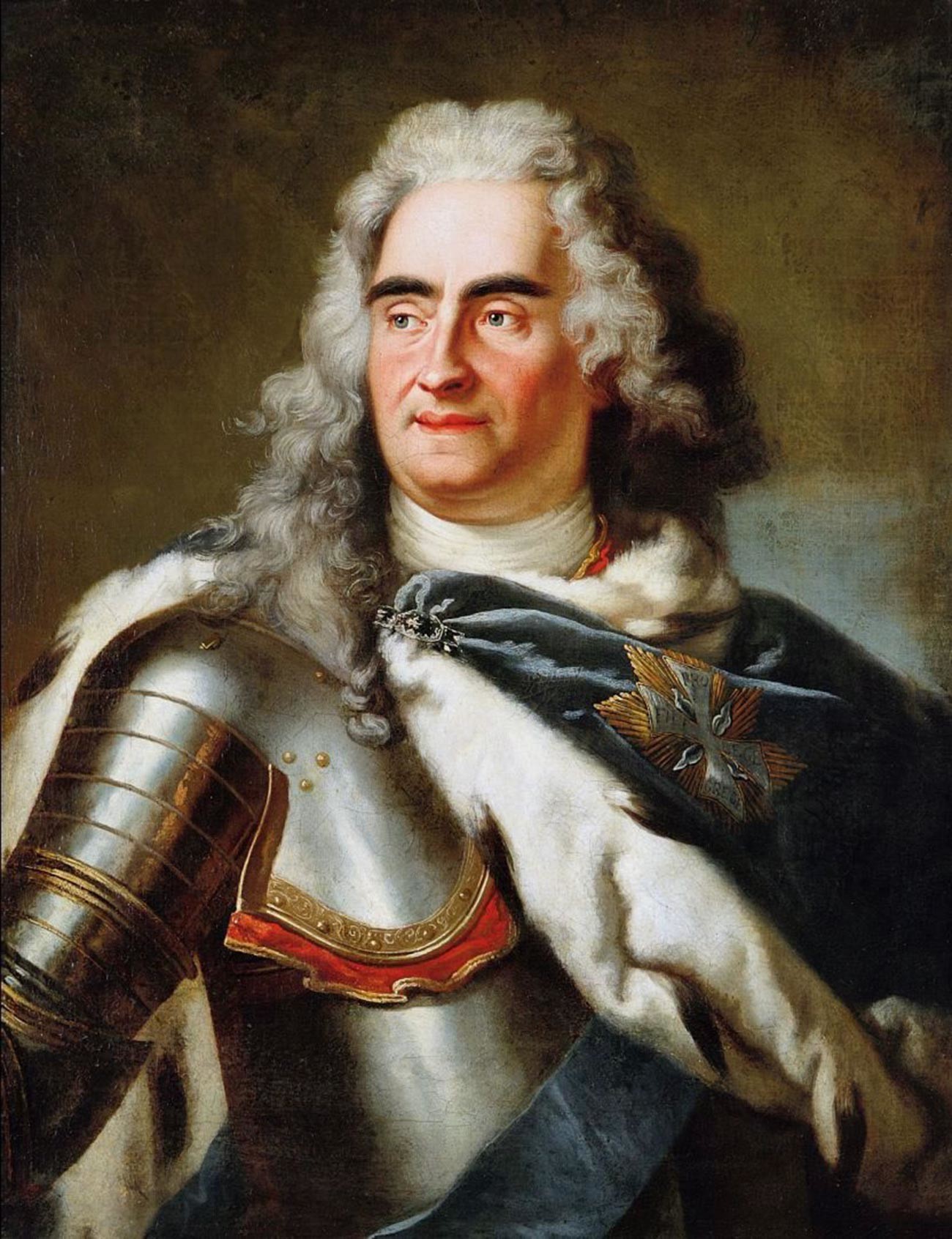
King Augustus the Strong.
Louis de SilvestreTo the surprise of the allies, Charles XII proved to be far from the push-over they had hoped for. On August 4, 1700, he appeared out of the blue outside Copenhagen with an army of 15,000 men, forcing Denmark to sue for peace. On November 30 that same year, the Swedish King thoroughly defeated the army of Tsar Peter I at the Battle of Narva on the territory of present-day Estonia. Around 8,000 Russian soldiers were killed and a considerable quantity of artillery was lost. Only a few regiments, which had been formed following the Western model, held their ground in battle, while the others turned and fled in panic. “Battles against the Russians bring no pleasure,” the King told Colonel Axel Sparre, expressing his disappointment at the enemy’s fighting qualities.
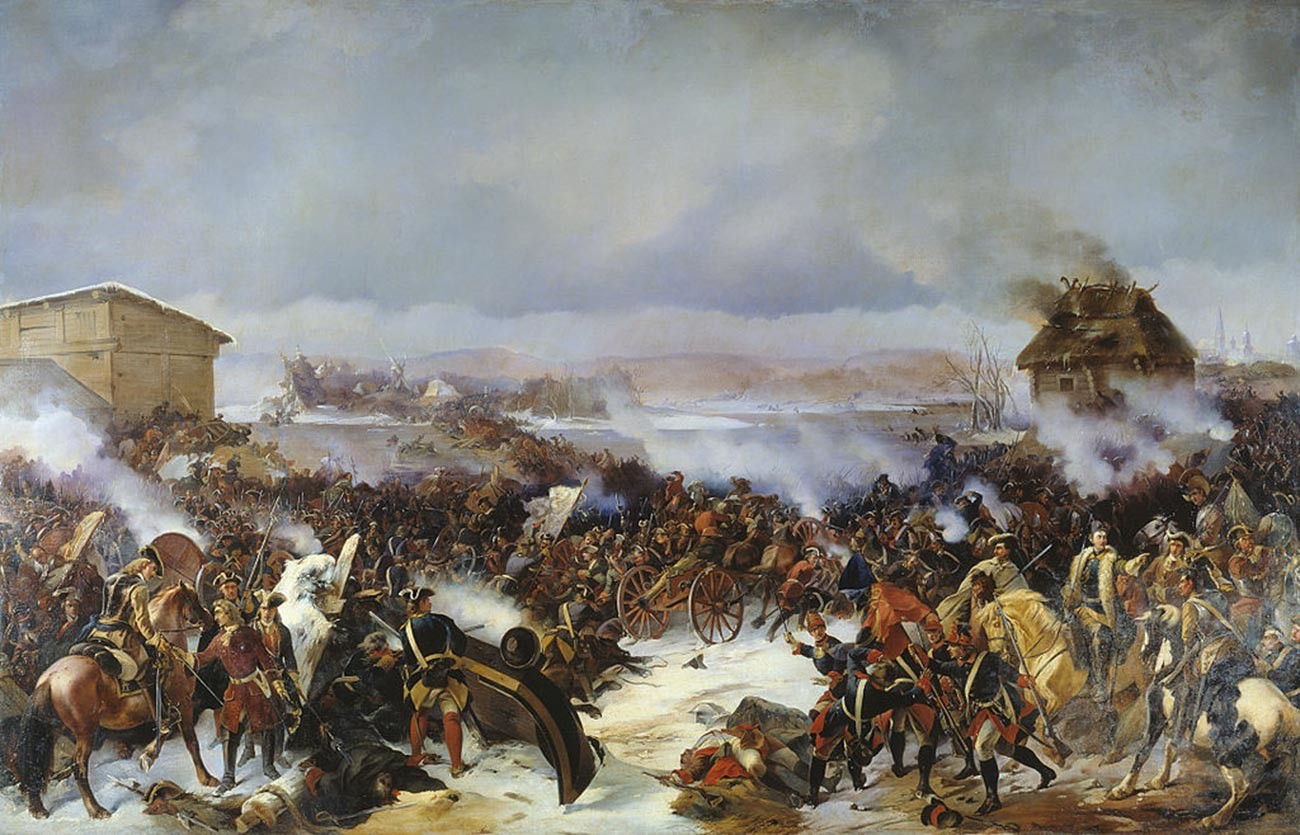
The Battle of Narva.
Alexander von KotzebueConcluding that Russia was finished, Charles XII went west to fight the Poles and Saxons. Peter I, however, did not intend to give up so easily and made sensible use of the breathing space that had presented itself. A new regular army was swiftly formed; its organizational structure and principles of personnel instruction and training were overhauled. In consequence, Russian troops managed to take control of almost the whole of Swedish Ingermanland in the next few years and it was there that the future capital of the Russian state - St. Petersburg - was founded in 1703. The Tsar made an offer to Charles XII to end the war if the region remained Russian. “The peace terms can be discussed in Moscow,” the King replied defiantly, openly indicating the objective of his fresh expedition.
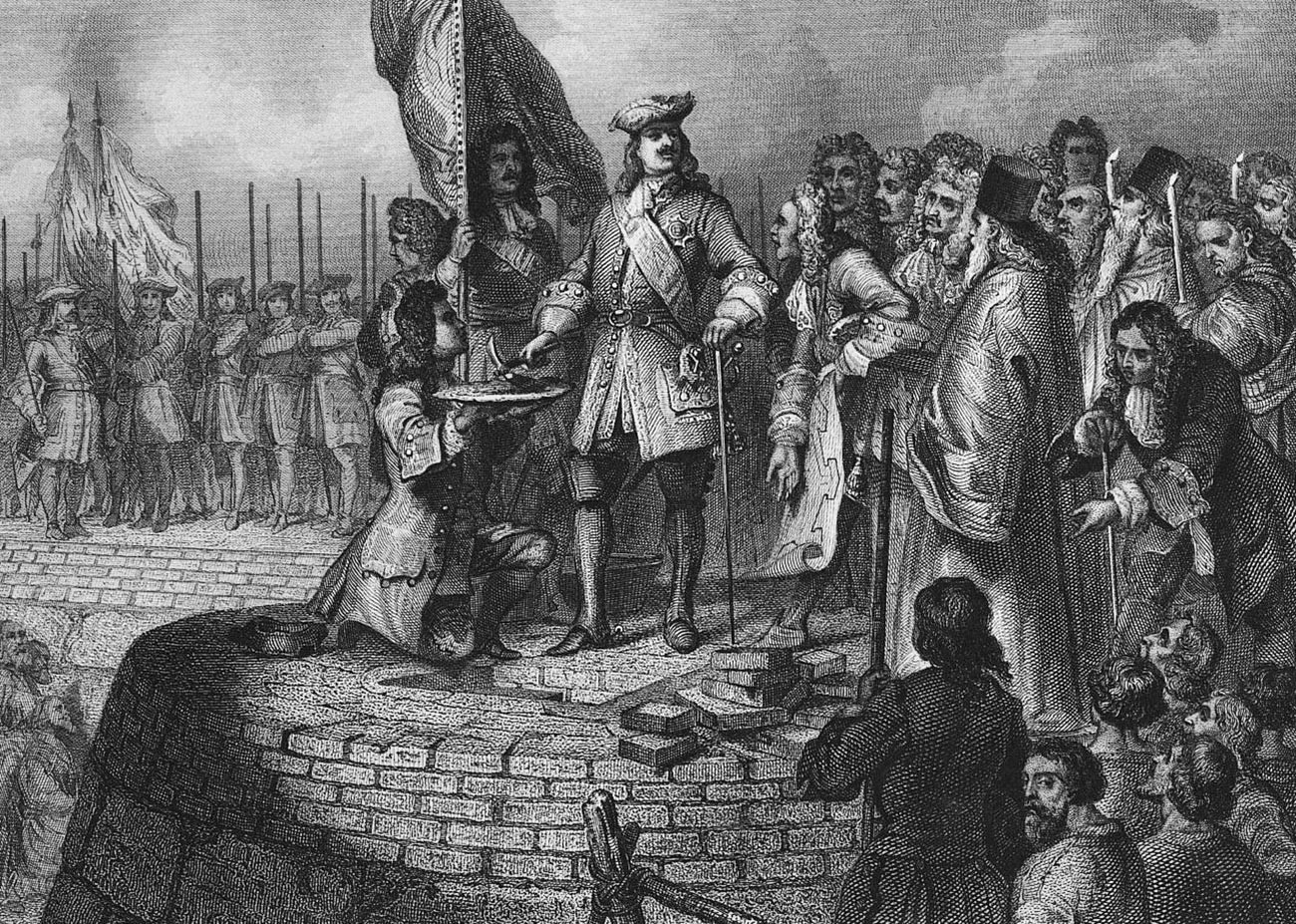
Tsar Peter I.
Adolf Charlemagne.Having trampled across Polish territory and defeated Augustus the Strong, the Swedish army invaded the territory of the Russian state in 1708. Charles XII did not, however, decide to advance into the Russian heartlands through the countryside, to which Russian troops had laid waste. He set a course for fertile Ukraine, where Hetman (military commander) Ivan Mazepa, who had gone over to the enemy, had promised him support. The expedition did not prove to be the smooth ride the king had hoped for - the adversary he now confronted was no longer the one he had encountered at Narva.
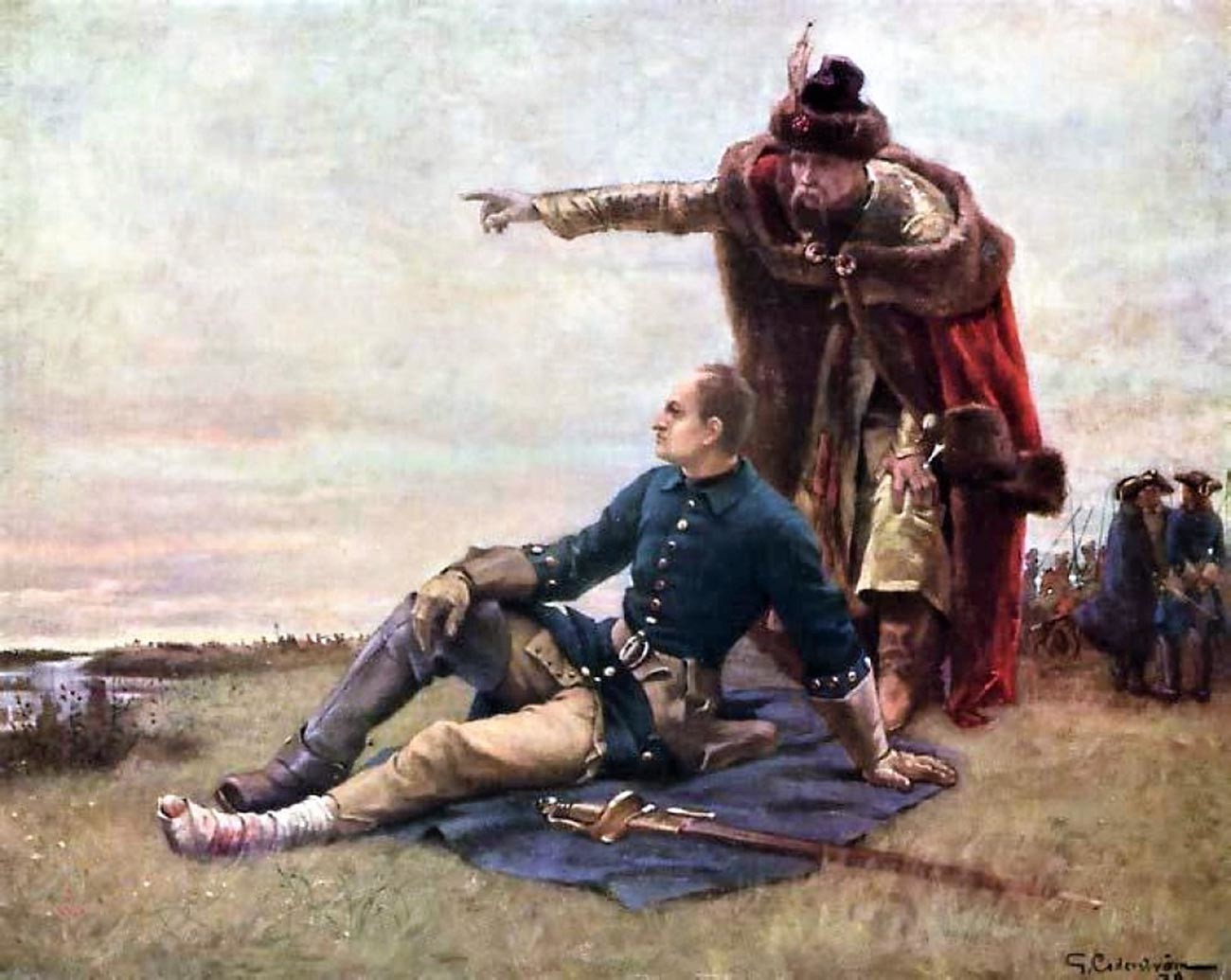
Charles XII of Sweden and Ivan Mazepa after the Battle of Poltava.
Gustaf Olof CederströmOn October 9, 1708, at the village of Lesnaya in present-day Belarus, Peter I smashed a corps of troops under Gen. Adam Lewenhaupt, which was on its way from Riga with an enormous supply column for the king’s army. On July 8, 1709, at the Battle of Poltava, Charles XII himself was defeated, losing 9,000 soldiers dead or wounded on the battlefield (Russian losses were estimated at around 5,000). “In this famous battle,” wrote the 19th century Russian military theoretician Baron Nikolai Medem, “all the Tsar’s orders are stamped with the mark of military genius: the ingenious retreat of the cavalry, which drew the enemy towards our batteries, the choice of the right moment to send Menshikov against Roos and, finally, the idea of advancing out of the camp to confront the enemy… The battle clearly demonstrated that through his judicious measures to develop the troops, the Tsar had fully met his goal and that in terms of its inner integrity, the Russian army was now able to stand comparison with the best European troops.”

The Battle of Poltava.
Battle of Poltava History MuseumStraight after the victory, Peter I invited captured Swedish officers to a dinner at which he raised a toast to their health, describing them as his “teachers in the military arts”. While Charles XII took refuge in the Ottoman Empire, his defeated and demoralized army retreated to the town of Perevolochna, where, on July 11, all 13,000 men surrendered and were taken prisoner. From that moment, it was Russia that firmly seized the initiative in the war. “So ended our happy times,” Private Joachim Lyth, who took part in these events, was to write later.
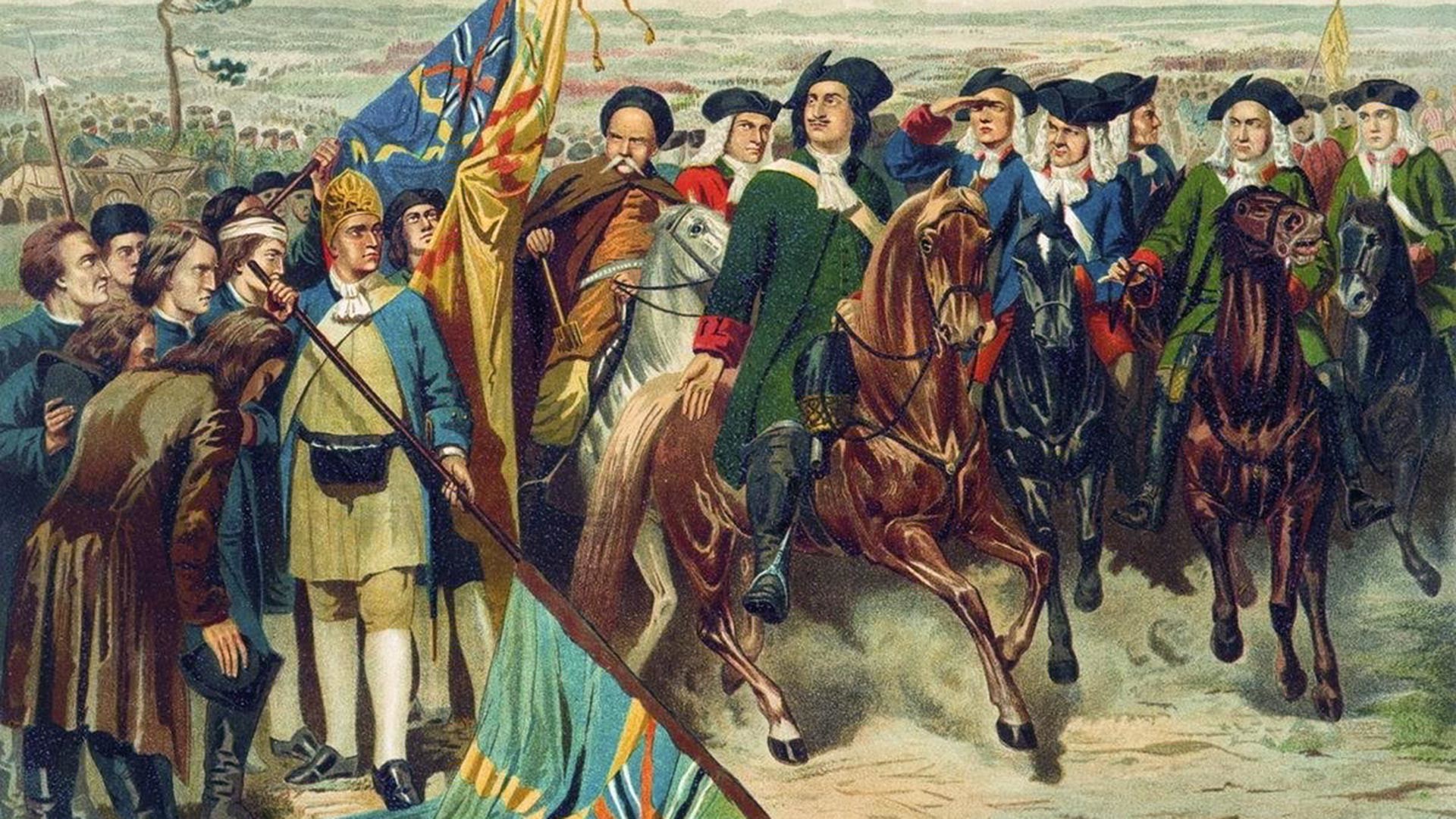
Peter I receives the capitulation of the Swedes.
Aleksey KivshenkoAfter the Russian triumph at Poltava, Denmark and Saxony re-entered the war against the Swedes. Russian troops seized the whole of the Baltics and invaded Finland and, in 1719, they even landed several times on the shores of Sweden itself. In the end, in 1721, the new King Frederick I (Charles XII had been killed in a siege of the Norwegian fortress of Fredriksten three years earlier) decided to sue for peace with Russia and a peace treaty was signed in the Finnish town of Nystad on September 10.
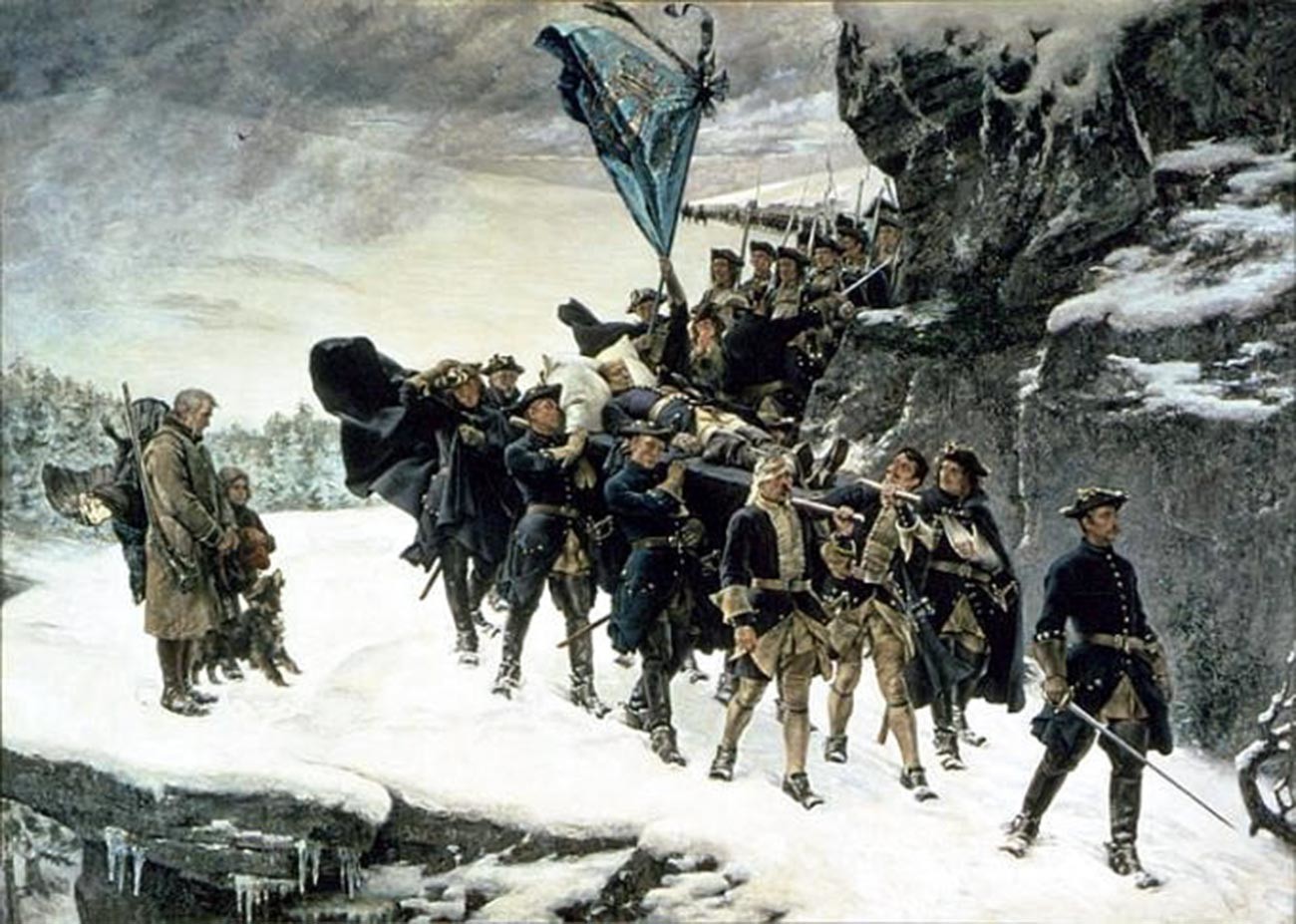
Funeral prosession of King Charles XII.
Gustaf Olof CederströmThe Kingdom of Sweden ceded to Russia “for its complete, absolute and eternal possession” Ingermanland, Lifland (central and northern Latvia), Estland (Estonia) and also the southeastern part of Finland. In recompense for the latter, the Russians pledged to pay the Swedes two million Western European thalers over a period of several years. This was equivalent to half of Russia’s annual budget or the whole of Sweden’s annual budget. The remainder of the occupied Finnish lands were returned under Stockholm’s control. On November 2, 1721, in the Old Trinity Cathedral in St. Petersburg, Peter I adopted the title of ‘Father of his Country, Peter the Great, Emperor of all the Russias’. Russia was, thus, officially proclaimed an empire, although in Europe, it had begun to be described as such much earlier - from the time of the victory at Poltava.
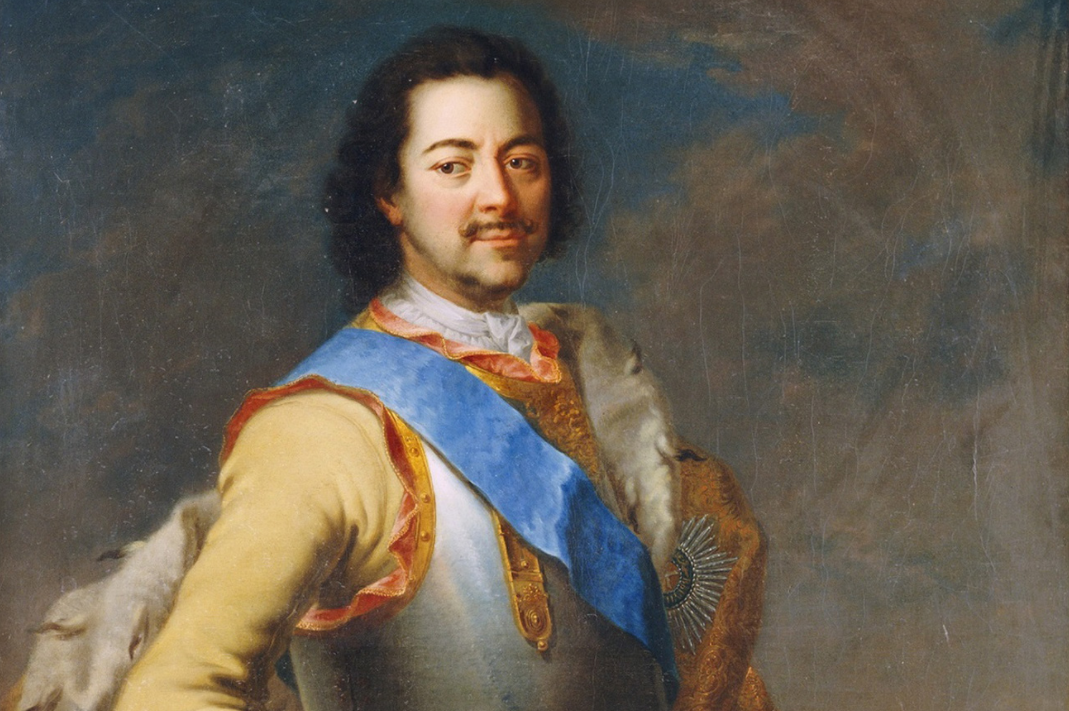
Emperor Peter the Great.
Maria Giovanna ClementiIf using any of Russia Beyond's content, partly or in full, always provide an active hyperlink to the original material.
Subscribe
to our newsletter!
Get the week's best stories straight to your inbox